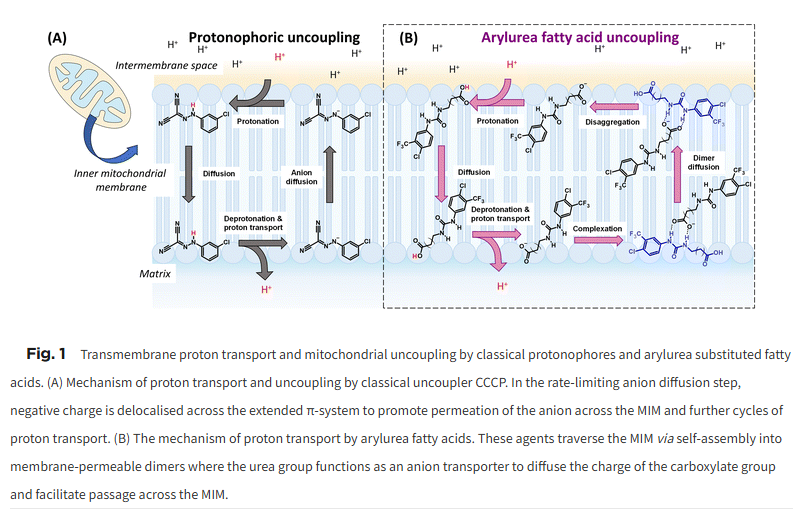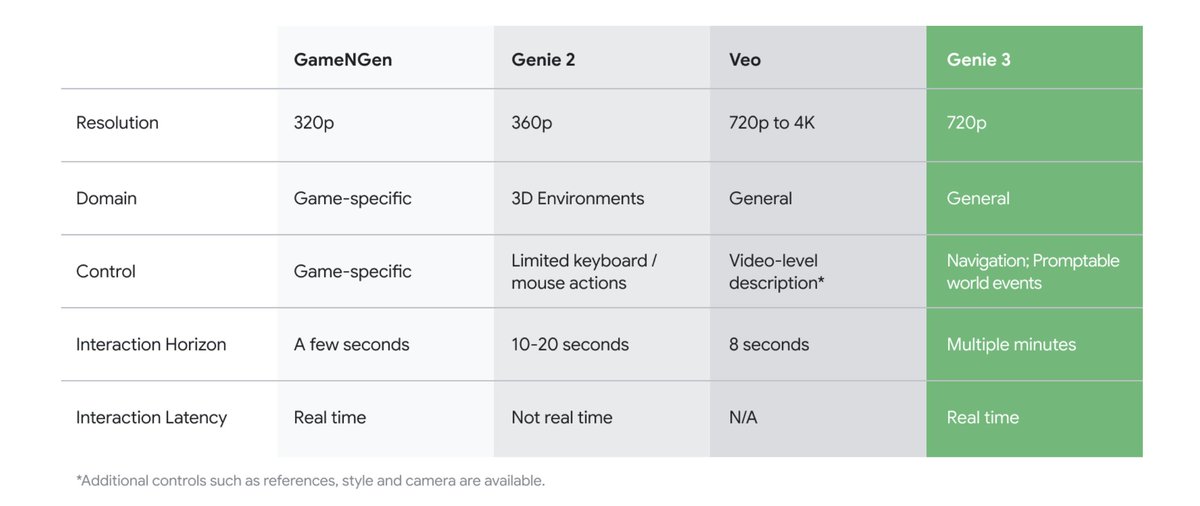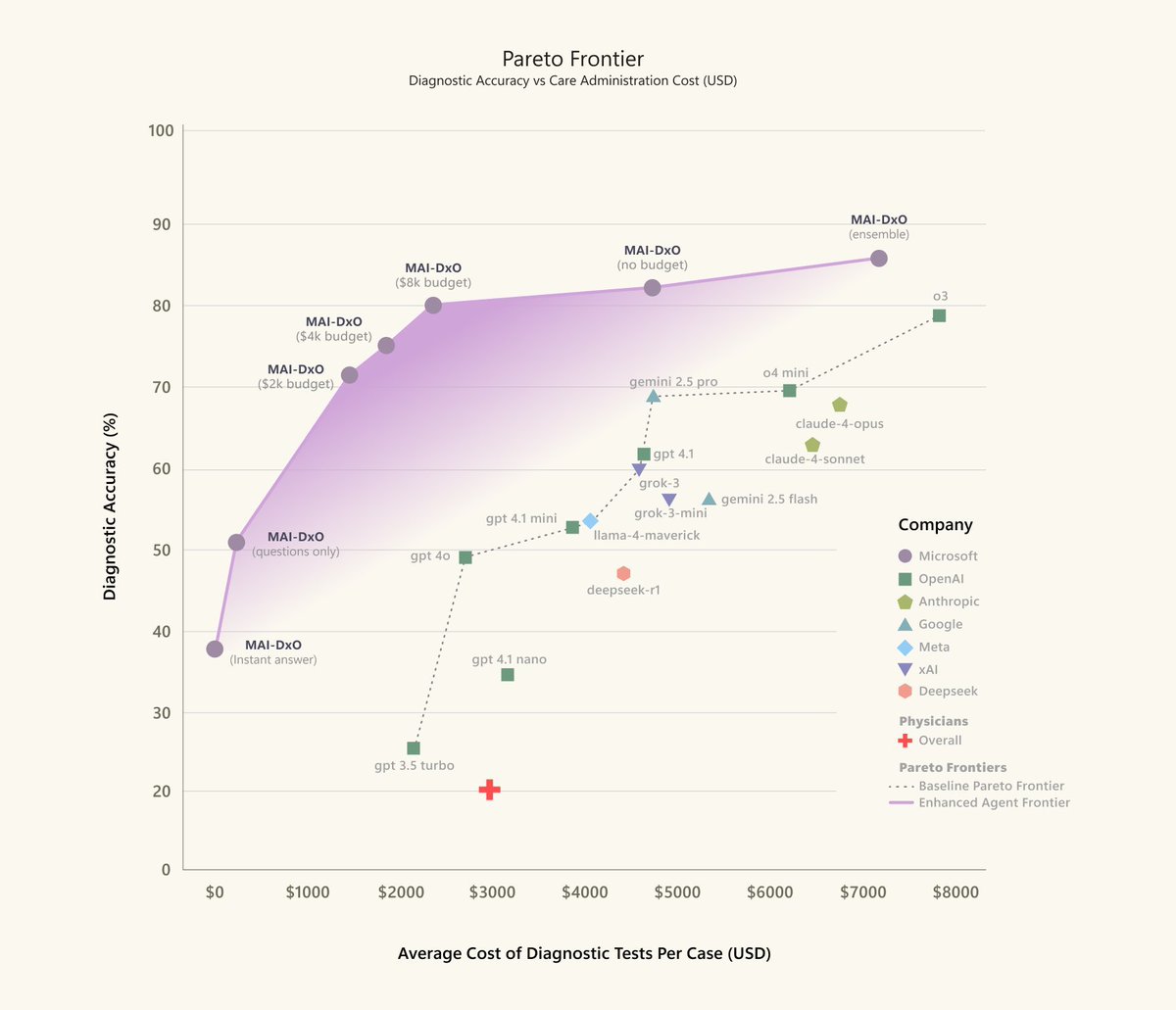
Dream realized! Turned my love for AI into a career - sharing daily. Get my newsletter (210k+ subs): 📰 https://t.co/QaaY1wN9Tq //
//📧 kim@getsuperintel.com
2 subscribers
How to get URL link on X (Twitter) App


 2/ Mitochondria make energy (ATP) by using a proton gradient, think of it like water behind a dam powering a turbine. When protons flow in a controlled way, cells get steady energy. This balance is essential for healthy metabolism and survival.
2/ Mitochondria make energy (ATP) by using a proton gradient, think of it like water behind a dam powering a turbine. When protons flow in a controlled way, cells get steady energy. This balance is essential for healthy metabolism and survival. 







 2/
2/ 

 2/ Until now, enamel loss was permanent. Acid, brushing, or aging would wear it down - leaving us with cavities, pain, and expensive treatments. Humans can heal bone and skin, but not enamel, which made dental decay one of humanity’s most persistent flaws.
2/ Until now, enamel loss was permanent. Acid, brushing, or aging would wear it down - leaving us with cavities, pain, and expensive treatments. Humans can heal bone and skin, but not enamel, which made dental decay one of humanity’s most persistent flaws. 

 2/ Artificial Analysis just ranked LTX-2 Pro #3 in Image-to-Video and #4 in Text-to-Video — shoulder to shoulder with OpenAI, Google, and Alibaba.
2/ Artificial Analysis just ranked LTX-2 Pro #3 in Image-to-Video and #4 in Text-to-Video — shoulder to shoulder with OpenAI, Google, and Alibaba. 

 2/ Over time, our immune system weakens. Old, damaged white blood cells build up, while stem cells that could replace them stay dormant. Chemotherapy and aging make this even worse - leaving the body defenseless and slow to heal.
2/ Over time, our immune system weakens. Old, damaged white blood cells build up, while stem cells that could replace them stay dormant. Chemotherapy and aging make this even worse - leaving the body defenseless and slow to heal.

 2/ The challenge with cancer: tumors hide in plain sight, escaping immune detection. Traditional therapies like chemotherapy often damage healthy cells too, leaving the body weakened. We need smarter, more precise strategies.
2/ The challenge with cancer: tumors hide in plain sight, escaping immune detection. Traditional therapies like chemotherapy often damage healthy cells too, leaving the body weakened. We need smarter, more precise strategies.

 2/ Many models are currently only able to perform well in calculations or solve standard tasks when humans guide them step by step (“chain of thought”) or provide examples. This dependency costs time and money and limits what is possible.
2/ Many models are currently only able to perform well in calculations or solve standard tasks when humans guide them step by step (“chain of thought”) or provide examples. This dependency costs time and money and limits what is possible.

 2/ Until now: Cancer treatments have often been tailored or aggressive (surgery, chemotherapy, radiation). Immunotherapy only helps if tumors have certain markers — many remain resistant or respond poorly.
2/ Until now: Cancer treatments have often been tailored or aggressive (surgery, chemotherapy, radiation). Immunotherapy only helps if tumors have certain markers — many remain resistant or respond poorly.
https://x.com/WesRothMoney/status/1965429999198245146


 2. Microsoft has taken a decisive step toward medical superintelligence with the MAI Diagnostic Orchestrator, a system that has the potential to fundamentally change everyday medical care. At its core is an orchestrated collaboration between several highly developed AI models such as GPT-4, Gemini, Claude, and others. Instead of relying on a single model, these agents work together like a digital team of experts – discussing, analyzing, and weighing diagnoses in a structured “chain of debate” process. This approach is novel because it replicates complex decision-making processes that were previously the preserve of human medical teams.
2. Microsoft has taken a decisive step toward medical superintelligence with the MAI Diagnostic Orchestrator, a system that has the potential to fundamentally change everyday medical care. At its core is an orchestrated collaboration between several highly developed AI models such as GPT-4, Gemini, Claude, and others. Instead of relying on a single model, these agents work together like a digital team of experts – discussing, analyzing, and weighing diagnoses in a structured “chain of debate” process. This approach is novel because it replicates complex decision-making processes that were previously the preserve of human medical teams.

 2. A new digital divide is emerging: Only 32 countries have specialized AI data centers - mainly in the US, China and Europe. Africa, South America and large parts of Asia have little or no access to this infrastructure. This leads to a dramatic imbalance in research, economic development and technological progress. Countries without data centers have to rent expensive resources, are slower and dependent on tech giants from abroad.
2. A new digital divide is emerging: Only 32 countries have specialized AI data centers - mainly in the US, China and Europe. Africa, South America and large parts of Asia have little or no access to this infrastructure. This leads to a dramatic imbalance in research, economic development and technological progress. Countries without data centers have to rent expensive resources, are slower and dependent on tech giants from abroad.

 AlphaGenome is a new AI model from Google DeepMind that takes the understanding of the human genome to a new level.
AlphaGenome is a new AI model from Google DeepMind that takes the understanding of the human genome to a new level.

 1. A research team at ETH Zurich has succeeded in developing a novel building material that not only grows but also actively binds carbon dioxide from the atmosphere. The basis for this is a hydrogel that is 3D-printed into the desired shapes.
1. A research team at ETH Zurich has succeeded in developing a novel building material that not only grows but also actively binds carbon dioxide from the atmosphere. The basis for this is a hydrogel that is 3D-printed into the desired shapes.

 1. The axolotl is one of the few animals that can regenerate entire limbs, parts of its heart or spinal cord. For a long time, it was unclear how its cells know exactly what is to be regenerated - for example, just a hand or a complete arm.
1. The axolotl is one of the few animals that can regenerate entire limbs, parts of its heart or spinal cord. For a long time, it was unclear how its cells know exactly what is to be regenerated - for example, just a hand or a complete arm.

 1️⃣ A team of researchers at Mie University in Japan has achieved a groundbreaking breakthrough: Using CRISPR-Cas9 technology, they have succeeded for the first time in removing the extra chromosome 21 - the cause of Down syndrome - specifically from human cells.
1️⃣ A team of researchers at Mie University in Japan has achieved a groundbreaking breakthrough: Using CRISPR-Cas9 technology, they have succeeded for the first time in removing the extra chromosome 21 - the cause of Down syndrome - specifically from human cells.